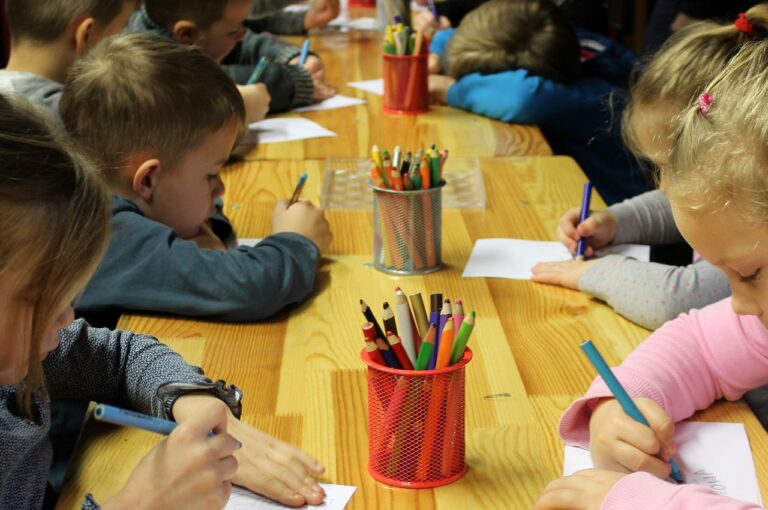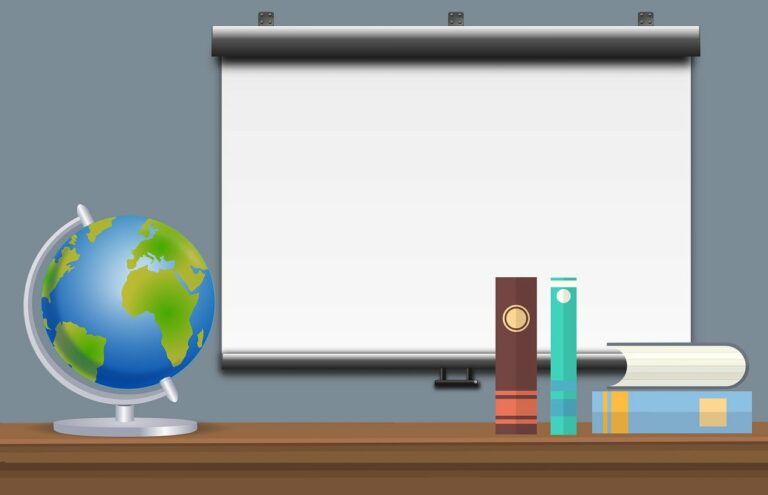Personalized Learning Paths: Tailoring Education to Individual Needs
Customized learning plans offer a tailored approach to education, catering to the individual needs and preferences of each student. By acknowledging that each learner is unique, these personalized plans can better engage students and foster a deeper understanding of the material being taught. This targeted approach allows educators to address specific learning gaps, ensuring that students receive the support and instruction they require to succeed.
Moreover, customized learning plans encourage students to take ownership of their education. By actively participating in the creation and implementation of their own learning path, students become more invested in their academic journey. This sense of ownership motivates them to set goals, track their progress, and take responsibility for their learning, ultimately leading to increased achievement and a sense of accomplishment.
Understanding Different Learning Styles
Individuals have diverse ways of processing and retaining information, which can be attributed to their unique learning styles. Some learners may excel in visual learning, where they grasp concepts more effectively through images, graphs, or diagrams. Others may thrive in auditory learning, finding it easier to comprehend information through verbal explanations or lectures. Kinesthetic learners, on the other hand, prefer a hands-on approach, needing physical engagement to grasp concepts successfully.
Recognizing and understanding these various learning styles is crucial for educators to tailor their teaching methods effectively. By incorporating a mix of visual aids, verbal instructions, and hands-on activities into their lessons, teachers can engage students across different learning styles, ensuring that each individual has the opportunity to absorb information in a way that suits their preferences. This acknowledgment of diverse learning styles not only enhances the learning experience for students but also promotes inclusivity and maximizes educational outcomes.
Visual learners prefer images, graphs, or diagrams
Auditory learners excel with verbal explanations and lectures
Kinesthetic learners thrive with hands-on activities
Recognizing and understanding these various learning styles is crucial for educators to tailor their teaching methods effectively. By incorporating a mix of visual aids, verbal instructions, and hands-on activities into their lessons, teachers can engage students across different learning styles, ensuring that each individual has the opportunity to absorb information in a way that suits their preferences. This acknowledgment of diverse learning styles not only enhances the learning experience for students but also promotes inclusivity and maximizes educational outcomes.
Implementing Adaptive Technology in Education
While traditional teaching methods have been the cornerstone of education for decades, the integration of adaptive technology is revolutionizing the way students learn. By personalizing learning experiences through technology, educators can cater to the diverse needs and preferences of each student. Adaptive technology uses algorithms to analyze a student’s progress and adapt the learning material accordingly, providing a more individualized and effective approach to education.
Additionally, the implementation of adaptive technology in education allows for real-time feedback and assessment, enabling teachers to track student progress more efficiently. This not only helps educators identify areas where students may be struggling but also allows for immediate intervention and support. By harnessing the power of adaptive technology, schools can create a more dynamic and engaging learning environment that promotes student success and achievement.
What are the benefits of customized learning plans?
Customized learning plans cater to the specific needs and learning styles of individual students, promoting a more personalized and effective learning experience.
How can understanding different learning styles improve education?
Understanding different learning styles allows educators to tailor their teaching methods to better suit the diverse needs of students, leading to improved learning outcomes.
What is adaptive technology in education?
Adaptive technology in education refers to tools and resources that are designed to adapt to the individual needs and learning styles of students, helping to enhance their educational experience.
How can adaptive technology be implemented in education?
Adaptive technology can be implemented in education by incorporating digital learning platforms, AI-driven tutoring programs, and personalized learning resources to provide students with a tailored learning experience.






